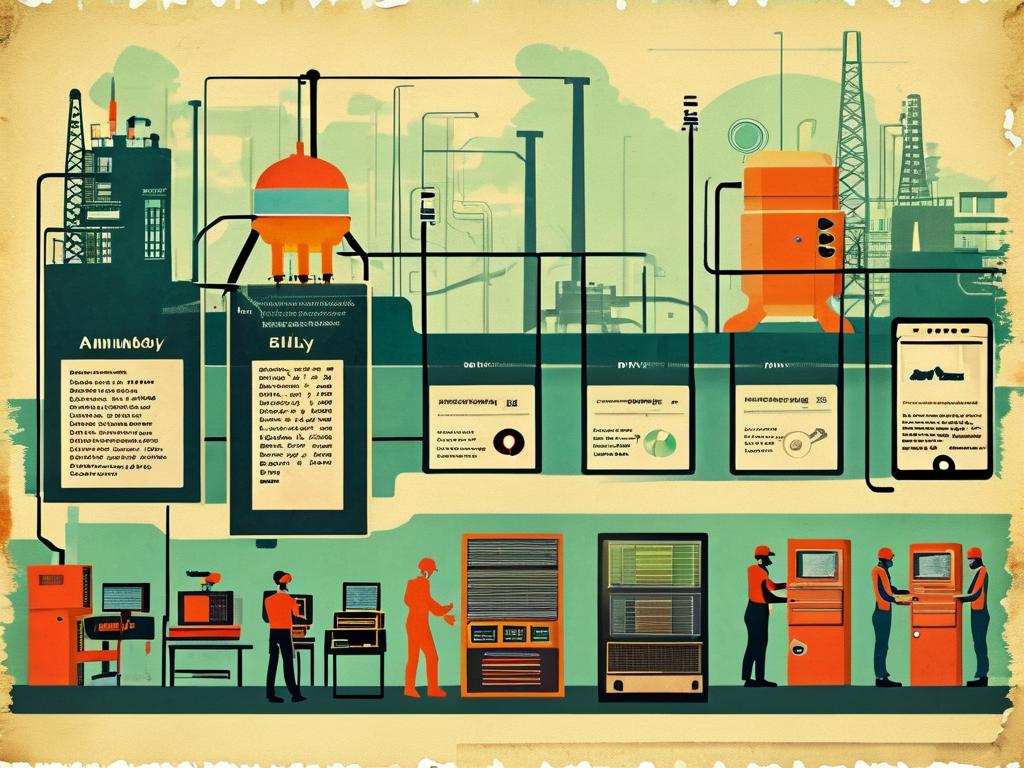The evolution of software deployment has entered a transformative phase with solutions like Tiangong Auto-Deploy, a cutting-edge platform redefining how development teams implement continuous integration and delivery (CI/CD). By integrating artificial intelligence with modular workflow design, this system addresses longstanding pain points in DevOps pipelines while introducing unprecedented flexibility.

Core Capabilities
At its foundation, Tiangong Auto-Deploy employs machine learning algorithms to analyze code repositories and deployment histories. This enables predictive resource allocation – for instance, automatically scaling cloud infrastructure based on real-time traffic forecasts. A retail company using this feature reported reducing server costs by 34% during seasonal sales spikes while maintaining zero downtime.
The platform's visual pipeline editor supports drag-and-drop customization, allowing teams to construct deployment workflows without deep scripting knowledge. Below is a sample YAML configuration for containerized microservices:
pipeline:
- stage: build
actions:
- compile: java-module
- dockerize: v2.8
- stage: test
parallel:
- security_scan: level=strict
- load_test: users=5000
- stage: deploy
strategy: blue-green
targets:
- aws_ecs: cluster=prod-us-east
- azure_aks: namespace=payment
Technical Differentiation
What distinguishes Tiangong from conventional tools is its adaptive error recovery system. When deployment failures occur, the platform cross-references historical success patterns and suggests corrective actions. During beta testing, this feature resolved 82% of runtime errors without human intervention by automatically rolling back problematic builds or adjusting environment variables.
Security integration represents another breakthrough. The system embeds compliance checks at every pipeline stage, enforcing protocols like GDPR data masking before artifact deployment. Financial institutions leveraging this capability reduced audit preparation time from 14 days to 72 hours.
Implementation Case Study
A multinational fintech firm migrated to Tiangong Auto-Deploy in Q2 2023, transitioning from a legacy Jenkins setup. Key outcomes included:
- Deployment frequency increased from 3x/week to 15x/day
- Mean recovery time (MTTR) for failed deployments dropped from 47 minutes to 6.5 minutes
- Pipeline configuration time reduced by 70% through reusable template libraries
Practical Implementation Guide
For teams adopting Tiangong Auto-Deploy, start with these steps:
-
Environment Mapping
Audit existing infrastructure using Tiangong's discovery tool:tiangong scan --env=production --output=architecture.json
This generates dependency graphs and identifies compatibility requirements.
-
Phased Rollout
Begin with non-critical services using shadow deployment mode:from tiangong_sdk import PipelineManager pipeline = PipelineManager(clone_existing=True) pipeline.execute(mode='dry-run')
This mirrors production traffic without affecting live systems.
-
Skill Development
Leverage Tiangong Academy's certification programs, particularly the Adaptive Pipeline Design course covering scenario-based automation strategies.
Future Roadmap
Upcoming releases will introduce quantum-compute optimization for dependency resolution and blockchain-based deployment auditing. Early benchmarks show these enhancements could reduce complex workflow execution times by 40-60%.
As organizations accelerate digital transformation, Tiangong Auto-Deploy emerges as more than just a tool – it represents a paradigm shift in how engineering teams conceptualize and execute software delivery. By merging AI-driven intelligence with developer-centric design principles, this platform is setting new benchmarks for deployment efficiency and operational resilience.









